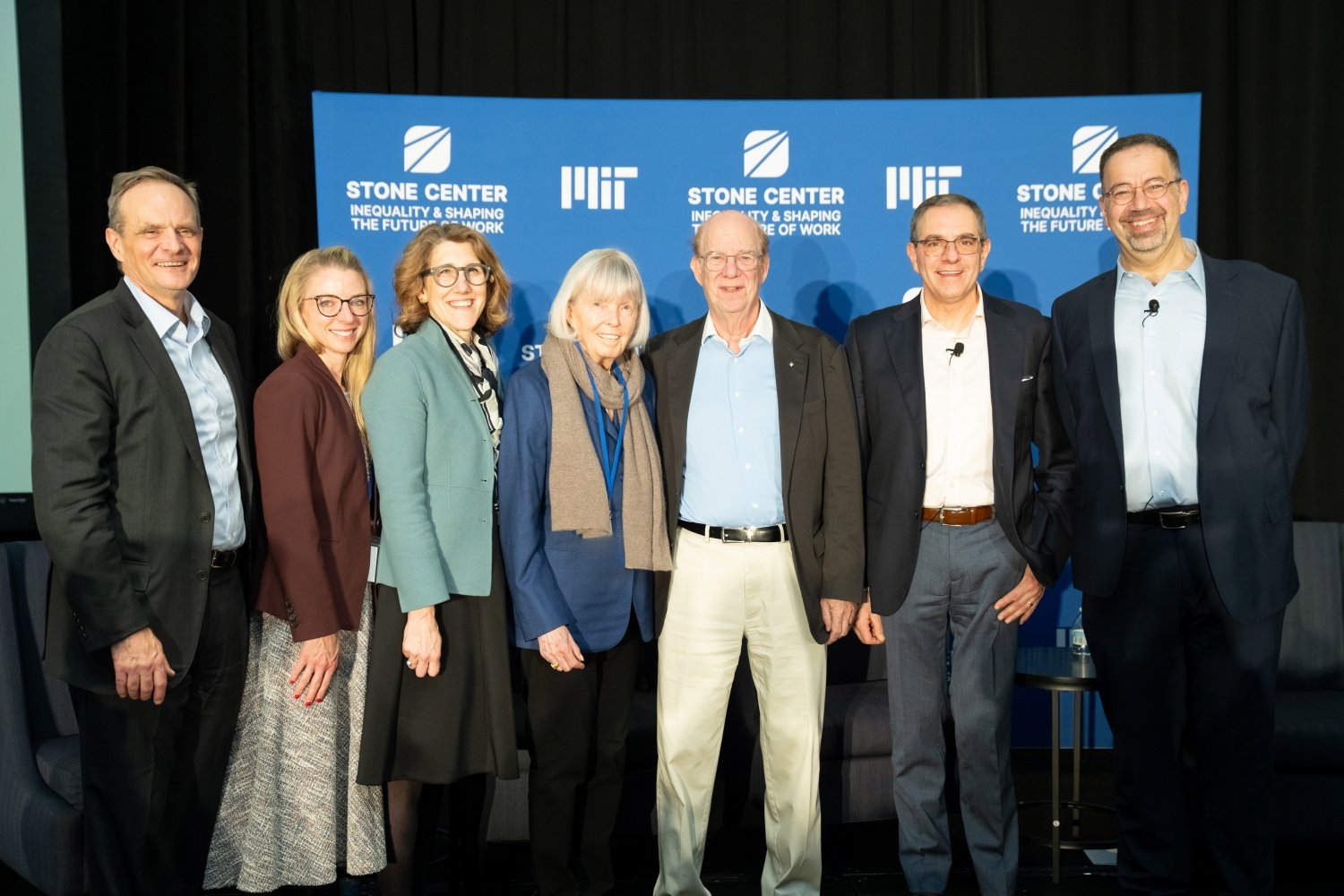5 Key Open-Source Datasets for Named Entity Recognition
Consider a news article about a recent SpaceX launch. The article is filled with vital information such as the name of the rocket Falcon 9, the launch site of Kennedy Space Center, the time of the launch Friday morning, and the mission goal to resupply the International Space Station.As a human reader, you can easily identify these pieces of information and understand their significance in the context of the article.Now, suppose we want to design a computer program to read this article and extract the same information. The program would need to recognize “Falcon 9” as the name of the rocket, “Kennedy Space Center” as the location, “Friday morning” as the time, and “International Space Station” as the mission goal.That’s where Named Entity Recognition (NER) steps in.In this article, we’ll talk about what named entity recognition is and why it holds such an integral position in the world of natural language processing.But, more importantly, this post will guide you through five invaluable, open-source named entity recognition datasets that can enrich your understanding and application of NER in your projects.Introduction about NERNamed entity recognition (NER) is a fundamental aspect of natural language processing (NLP). NLP is a branch of artificial intelligence (AI) that aims to teach machines how to understand, interpret, and generate human language.The goal of NER is to automatically identify and categorize specific information from vast amounts of text. It’s crucial in various AI and machine learning (ML) applications.In AI, entities refer to tangible and intangible elements like people, organizations, locations, and dates embedded in text data. These entities are integral in structuring and understanding the text’s overall context. NER enables machines to recognize these entities and paves the way for more advanced language understanding.Named Entity Recognition (NER) is commonly used in:Information Extraction: NER helps extract structured information from unstructured data sources like websites, articles, and blogs.Text Summarization: It enables the extraction of key entities from a large text, assisting in creating a compact, informative summary.Information Retrieval Systems: NER refines search results based on named entities to enhance the relevance of search engine responses.Question Answering Applications: NER helps identify the entities in a question, providing precise answers.Chatbots and Virtual Assistants: They use NER to accurately understand and respond to specific user queries.Sentiment Analysis: NER can identify entities in the text to gauge sentiment towards specific products, individuals, or events.Content Recommendation Systems: NER can help better understand users’ interests and provide more personalized content recommendations.Machine Translation: It ensures proper translation of entity names from one language to another.Data Mining: NER is used to identify key entities in large datasets, extracting valuable insights.Document Classification: NER can help classify documents based on their class or category. This is especially useful for large-scale document management.Training a model for NER requires a rich and diverse dataset. These datasets act as training data for machine learning models. It helps the model learn how to identify and categorize named entities accurately.The choice of the dataset can significantly impact the performance of a NER model, making it a critical step in any NLP project.Photo by Scott Graham on Unsplash5 Open-Source Named Entity Recognition DatasetsThe table below presents a selection of named entity recognition datasets to recognize entities in English-language text.Advantages and Disadvantages of Open-source DatasetsOpen-source datasets are freely available for the community, significantly departing from the traditional, more guarded data-sharing approach. However, as with everything, open-source datasets come with their own set of advantages and disadvantages.Advantages1. Accessibility: The most obvious advantage of open-source datasets is their accessibility. These datasets are typically free; anyone, from researchers to hobbyists, can use them. This availability encourages a collaborative approach to problem-solving and fosters innovation.2. The richness of Data: Open-source datasets often consist of a wealth of data collected from diverse sources. Such richness can enhance the quality and performance of models trained on these datasets. It allows the model to learn from varied instances.3. Community Support: Open-source datasets usually come with robust community support. Users can ask questions, share insights, and provide feedback. It creates a dynamic and supportive learning environment.4. Facilitate Research: Open-source datasets can be an invaluable resource for academic researchers, particularly those lacking the resources to collect their data. These datasets can help advance research and enable new discoveries.Disadvantages1.Data Quality: While


Consider a news article about a recent SpaceX launch. The article is filled with vital information such as the name of the rocket Falcon 9, the launch site of Kennedy Space Center, the time of the launch Friday morning, and the mission goal to resupply the International Space Station.
As a human reader, you can easily identify these pieces of information and understand their significance in the context of the article.
Now, suppose we want to design a computer program to read this article and extract the same information. The program would need to recognize “Falcon 9” as the name of the rocket, “Kennedy Space Center” as the location, “Friday morning” as the time, and “International Space Station” as the mission goal.
That’s where Named Entity Recognition (NER) steps in.
In this article, we’ll talk about what named entity recognition is and why it holds such an integral position in the world of natural language processing.
But, more importantly, this post will guide you through five invaluable, open-source named entity recognition datasets that can enrich your understanding and application of NER in your projects.
Introduction about NER
Named entity recognition (NER) is a fundamental aspect of natural language processing (NLP). NLP is a branch of artificial intelligence (AI) that aims to teach machines how to understand, interpret, and generate human language.
The goal of NER is to automatically identify and categorize specific information from vast amounts of text. It’s crucial in various AI and machine learning (ML) applications.
In AI, entities refer to tangible and intangible elements like people, organizations, locations, and dates embedded in text data. These entities are integral in structuring and understanding the text’s overall context. NER enables machines to recognize these entities and paves the way for more advanced language understanding.
Named Entity Recognition (NER) is commonly used in:
- Information Extraction: NER helps extract structured information from unstructured data sources like websites, articles, and blogs.
- Text Summarization: It enables the extraction of key entities from a large text, assisting in creating a compact, informative summary.
- Information Retrieval Systems: NER refines search results based on named entities to enhance the relevance of search engine responses.
- Question Answering Applications: NER helps identify the entities in a question, providing precise answers.
- Chatbots and Virtual Assistants: They use NER to accurately understand and respond to specific user queries.
- Sentiment Analysis: NER can identify entities in the text to gauge sentiment towards specific products, individuals, or events.
- Content Recommendation Systems: NER can help better understand users’ interests and provide more personalized content recommendations.
- Machine Translation: It ensures proper translation of entity names from one language to another.
- Data Mining: NER is used to identify key entities in large datasets, extracting valuable insights.
- Document Classification: NER can help classify documents based on their class or category. This is especially useful for large-scale document management.
Training a model for NER requires a rich and diverse dataset. These datasets act as training data for machine learning models. It helps the model learn how to identify and categorize named entities accurately.
The choice of the dataset can significantly impact the performance of a NER model, making it a critical step in any NLP project.
5 Open-Source Named Entity Recognition Datasets
The table below presents a selection of named entity recognition datasets to recognize entities in English-language text.
Advantages and Disadvantages of Open-source Datasets
Open-source datasets are freely available for the community, significantly departing from the traditional, more guarded data-sharing approach. However, as with everything, open-source datasets come with their own set of advantages and disadvantages.
Advantages
1. Accessibility: The most obvious advantage of open-source datasets is their accessibility. These datasets are typically free; anyone, from researchers to hobbyists, can use them. This availability encourages a collaborative approach to problem-solving and fosters innovation.
2. The richness of Data: Open-source datasets often consist of a wealth of data collected from diverse sources. Such richness can enhance the quality and performance of models trained on these datasets. It allows the model to learn from varied instances.
3. Community Support: Open-source datasets usually come with robust community support. Users can ask questions, share insights, and provide feedback. It creates a dynamic and supportive learning environment.
4. Facilitate Research: Open-source datasets can be an invaluable resource for academic researchers, particularly those lacking the resources to collect their data. These datasets can help advance research and enable new discoveries.
Disadvantages
1.Data Quality: While open-source datasets can offer vast data, they don’t always guarantee quality. Some datasets may contain errors, missing values, or biases that can affect model performance.
2. Lack of Specificity: Many open-source datasets are generalized to serve a wide range of projects. As such, they might not be suitable for tasks requiring highly specific data.
3. Security and Privacy Concerns: Open-source datasets can sometimes raise issues regarding security and privacy, particularly when the data involve sensitive information. Even anonymized data can potentially be de-anonymized, posing significant risks.
4. Maintenance: Unlike proprietary datasets, open-source datasets may not always receive regular updates or maintenance. This inconsistency can lead to outdated or irrelevant data.
Despite the potential drawbacks, open-source datasets play an essential role in the data science landscape. We can understand the advantages and disadvantages of using them more effectively and efficiently for various tasks.
Conclusion
Named entity recognition is a vital technique that paves the way for advanced machine understanding of the text.
While open-source datasets have advantages and disadvantages, they are instrumental in training and fine-tuning NER models. A reasonable selection and application of these resources can significantly elevate the outcomes of NLP projects.
Originally published at https://wikicatch.com on September 22, 2023.
5 Key Open-Source Datasets for Named Entity Recognition was originally published in Becoming Human: Artificial Intelligence Magazine on Medium, where people are continuing the conversation by highlighting and responding to this story.
























